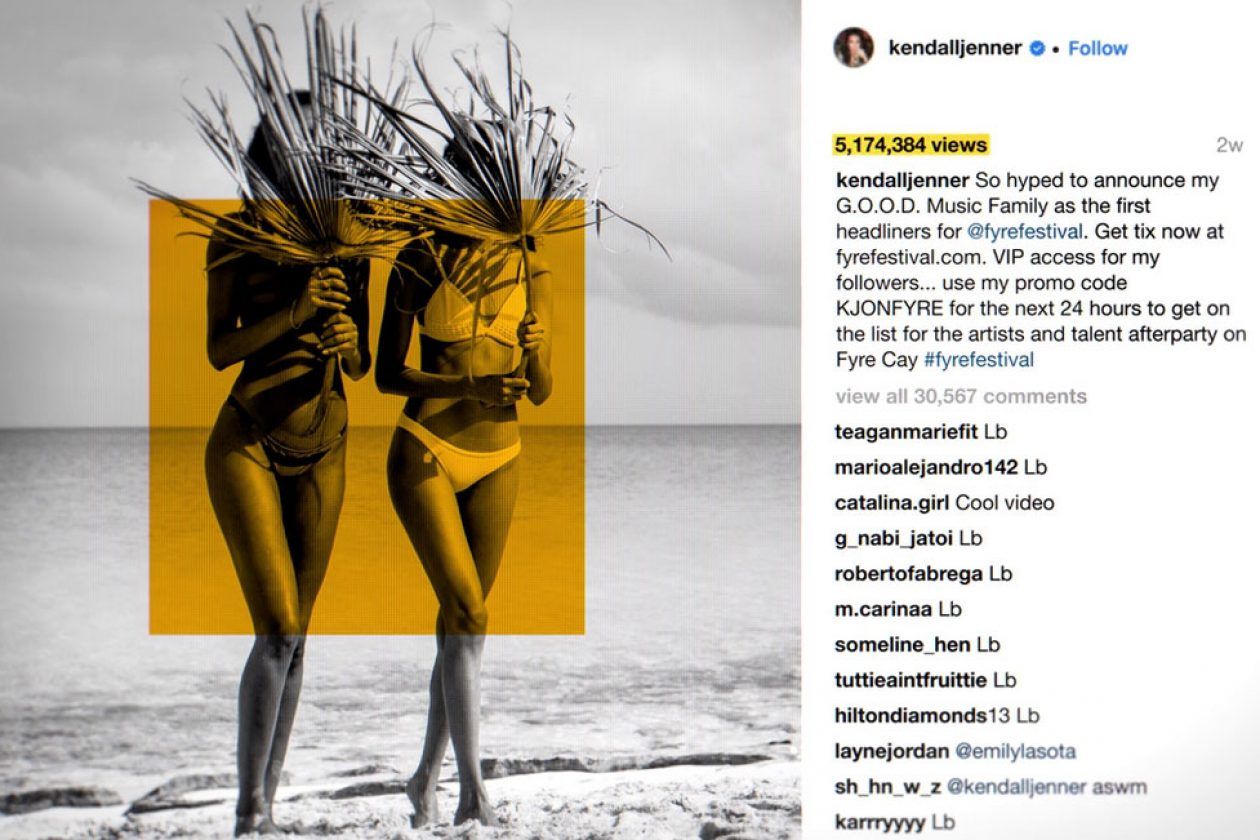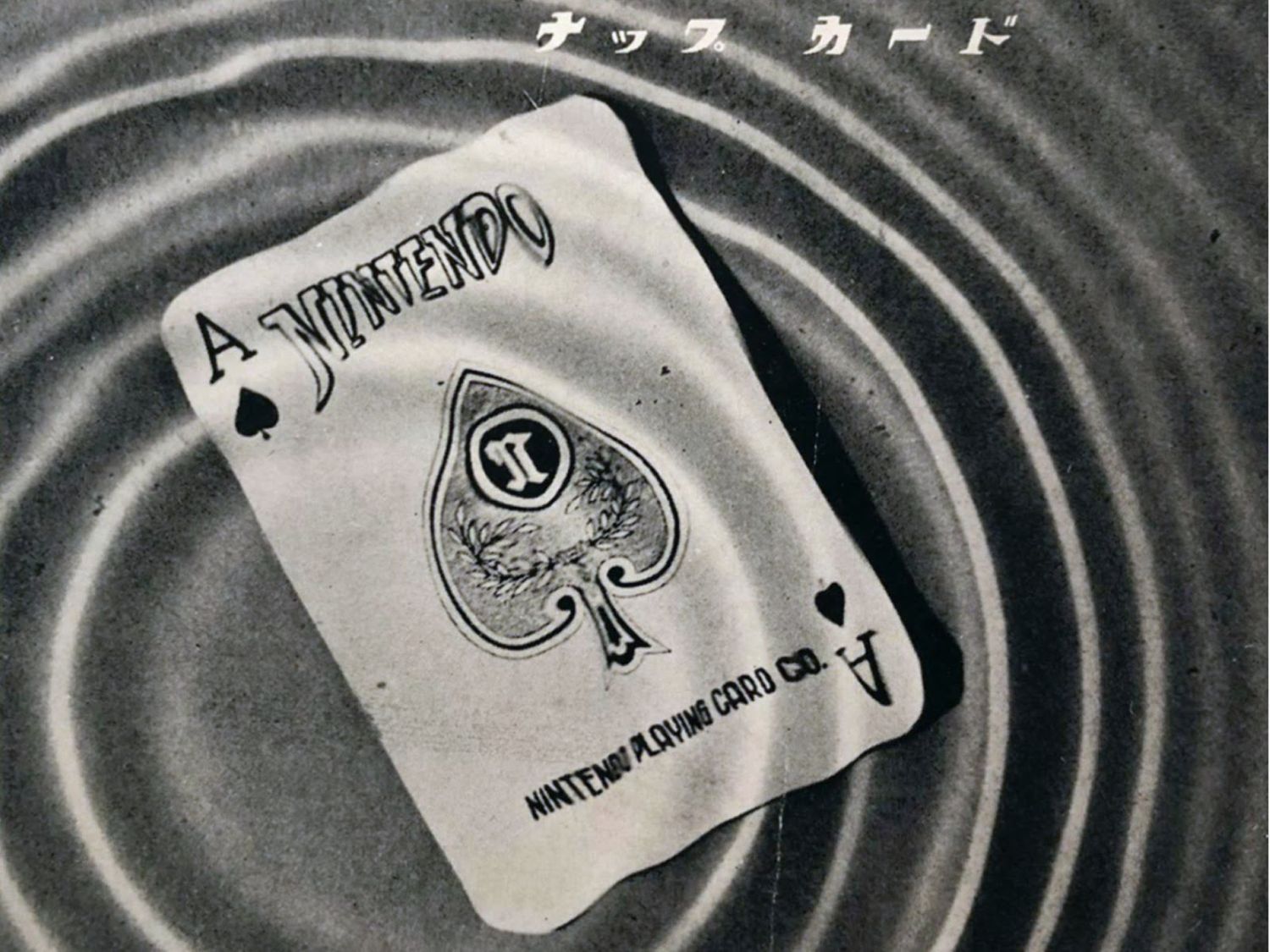
Playing with fire.
How Fyre Festival was poised to be the greatest party of the century but ended up as a complete disaster.
Lessons from Fyre Festival's excellent marketing strategy and disasterous failure to launch.
The con artists of the twenty-first century have been remarkably business-minded, full of big lofty ideas, and surprisingly relatable.
Elizabeth Holmes, founder of the $9 billion dollar Theranos scam, was once hailed as the next Steve Jobs.
Her promise to investors was that Theranos was transform medicine through at-home blood testing kits. A complete medical revolution.
Pete Raniere similarly built NXIVM, a business poised to teach the leaders of tomorrow how to be more empathetic and change the world for the better in the process.
Tens of thousands of people used his model to overcome their hang-ups and transform themselves into better versions of themselves. If only the man didn't become the leader of an abusive sex cult in the process...
And here we arrive at yet another con artist with big promises and even bigger let downs.
Billy McFarland, who is bestowed the prestigious "fraudster" label on Wikipedia, and who masterminded a disaster that would make its way to both Hulu and Netflix in documentary form.
This disaster was called Fyre Festival
Here's the thing. Fyre Festival could've been the event of the century. A twenty-first century Woodstock. Ja Rule was a heavy investor and McFarland had an excellent team working on the project.

They promised participants multiple days in a resort-like environment with world-class headliners and non-stop beaches, parties, and special events.
There had never been anything like it. It was an event positioned to change the way festivals were run, providing a community-driven, luxury brand experience that even the biggies like Coachella and Burning Man couldn't touch.
Where'd it all go wrong?
Well to begin with, McFarland essentially embezzled all investor (and customer) funds on his lavish lifestyle — you know, sex, drugs, and rock and roll.
Typical playboy stuff. Which, ironically, is exactly what he promised Fyre Festival customers.
Second, he ignored his team's warnings. They told him things weren't adding up, that this wasn't going to play out as expected, and that there wasn't enough time to pull it off.
"Full steam ahead," he said. Was it blind optimism or blatant fraud? Who cares? We all know what the law says about ignorance.
Finally, McFarland overpromised and (wayyy) underdelivered. The marketing was so good that even if they pulled off a fraction of what people expected, it would've still been a massive let down.
They had promised to build a full city with running water and huge mansions, and asbolutely no legitmate plans to actually make it happen.
Why it could've gone oh-so-right.
The reason people were so excited for Fyre Festival was because of the marketing. McFarland and the team he hired used everything 2016 had to offer:
- Social media
- Influencer marketing
- Fear of missing out ("FOMO")
- Experiential marketing
They lined up all these elements for a perfect storm of incredible tactics that moved hearts and minds and got an entire generation talking.
Here's the play:
1. Create a bit of mystery.
Good storytelling is all about giving people little pieces of a puzzle so they can begin to guess what will happen next.
People like to be active participants in marketing and mystery is a great way to do this. Plus, mystery stick with people. They'll be thinking about the answer to the questions all day and night.
Fyre Festival organizers did a great job creating mystery.
They flew a bunch of models out to an island in the Bahamas, had themselves a little party with everything they promised customers, and filmed everything.
They then had the models go home and share an enigmatic post on their Instagrams.
It was a simple orange square with the text "#FyreFestival is coming..."
2. Show customers what to expect.
Great ads don't tell customers what the product does. Instead, they show what customers do with it.
Events are an experience product. When people sign up for an event they want to be reassured that they'll leave the event having been transformed.
There's an old adage in marketing that people are looking for better versions of themselves. They they buy products, services, and yes, even experiences, because they're looking to upgrade or improve their life in some way.
A week at a conference may help transform the way you lead a team. Or it may improve your existing skillset. On the flipside, something like a festival will help you relax, let loose, and feel young again.
Right when that mystery was at its peak, Fyre Festival organizers released a video that highlighted exactly what participants could expect:
Beautiful people, pristine beaches, and evenings filled with concerts and light shows.
Imagine how you'd feel after an experience like this...
3. Make it exclusive... for everyone.
A common pricing strategy is three-tiered. You have a freemium or inexpensive option for those who are just getting started, a premium expensive option for top-tier customers, and then that tier right in the middle that you actually want everyone to purchase.
The cheap customers don't make you money and the expensive ones take up too much of your time. But, like Goldilocks finding the perfect bed to sleep in, those mid-tier customers are the perfect blend of right price and low maintenence. The other two tiers are just there to make that middle option look appetizing.
Fyre Festival did exactly this, offering packages that ranged from $500 to $12,000. It was affordable for just about anyone. And they paired it with the perfect pitch.
What would you pay to make your Instagram feed come to life?
Don't let great marketing go to waste
The greatest problem with Fyre Festival is that — whether through fraud or incompetence — the product didn't live up to its expectations.
Marketing is the vehicle that drives expectations.
What we say in our message to prospects must align with what customers actually get. When it is too far out of alignment, it's considered fraud. But even a slight misalignment can result in a bad reputation that creates negative word of mouth.
If create a marketing campaign even half as good as Fyre Festival's and want it to live up to expectations, here are a few lessons that McFarland simply didn't learn.
1. Put your product first.
If McFarland had simply nailed out the details of Fyre Festival and did some simple planning and budgetting before marketing the event, it would've made things a heck of a lot easier.
2. Toss your ego to the wind.
McFarland essentially blew all the funds he raised from investors and customers on his lavish lifestyle. He was constantly figuring out ways to rob Peter to pay Paul.
If he had simply managed the money he raised and put it in reserve funds, he would've avoided a lot of headaches for everyone.
3. It's okay to be wrong.
Sometimes we put out marketing that we truly believe in then fail to deliver. Be transparent, issue refunds, tell people you were wrong.
Taking responsibility for failure can go a long way.
McFarland's team warned him multiple times that this was going to be a disaster. If he had only listened, they might have been able to still make Fyre Festival something respectable.
— Mike Doane
P.S. Don't walk away empty-handed
Above the Fold is a newsletter about the power of marketing. Every week I send stories just like these straight to your inbox.



